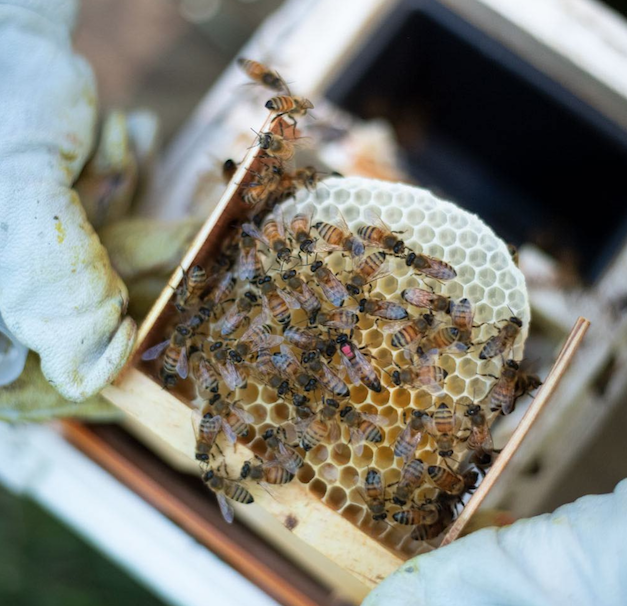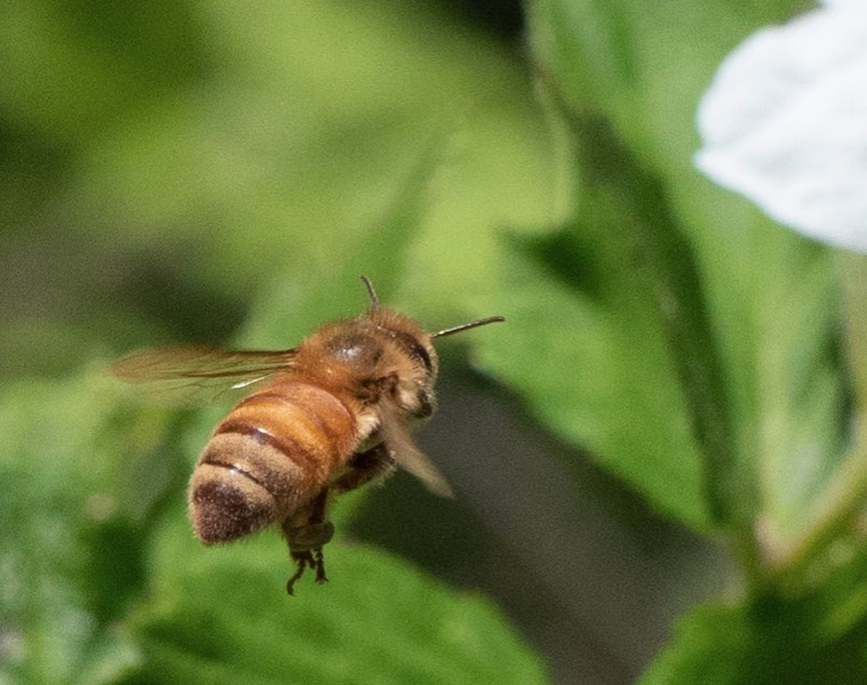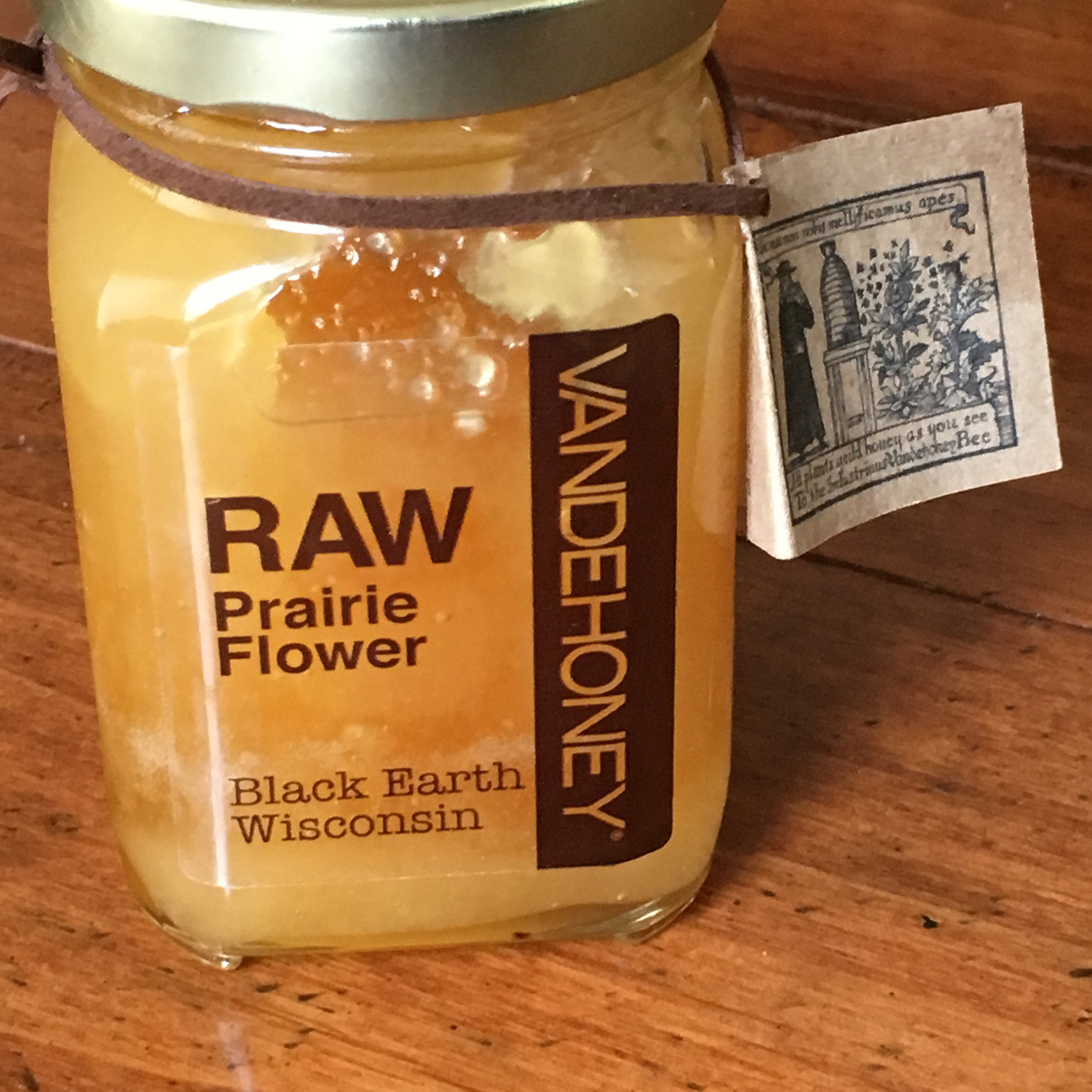Bees and Beekeeping
LISTEN NOW
After a tech career with IBM, my college friend Judy bought rural property in Black Earth, Wisconsin and is now a beekeeper with her husband Billy. We talk about what it takes to raise bees where the winter temperatures can reach -30º, how to prevent colony collapse, and whether or not that “organic” honey you buy is truly organic—you’re in for a surprise.
We sat in Judy’s garden with the birds twittering and bees buzzing around us and talked about the difference between life in a cubicle and airplanes versus the life outside. There was a definite sense of contentedness and peace with her new rural life.
Download 3 free recipes made with honey, plus a tip sheet with books and organizations about beekeeping.

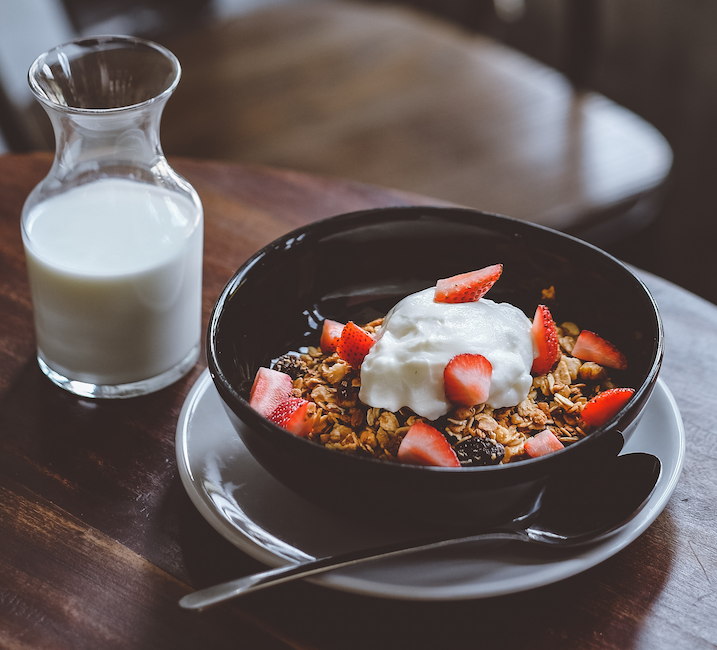
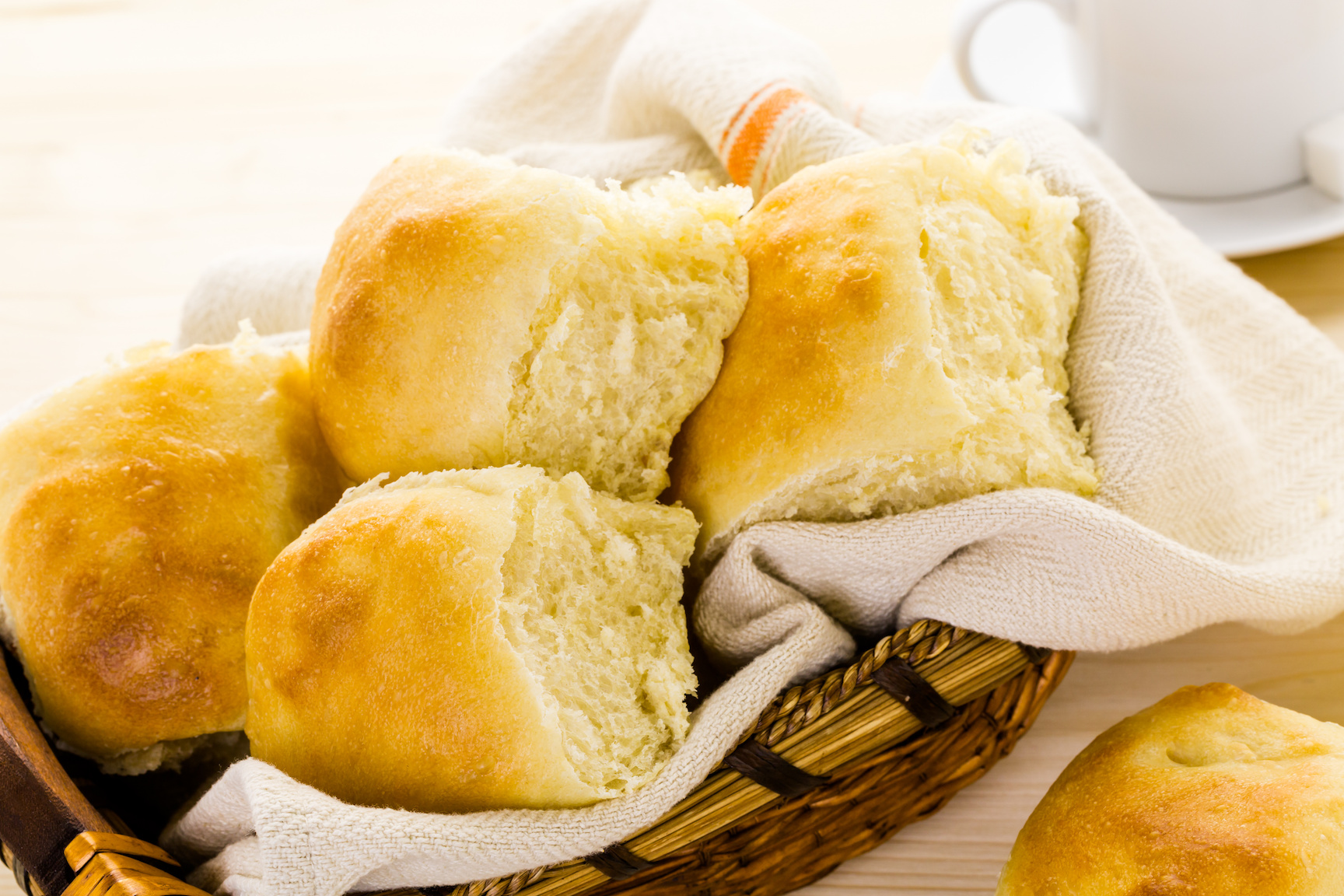
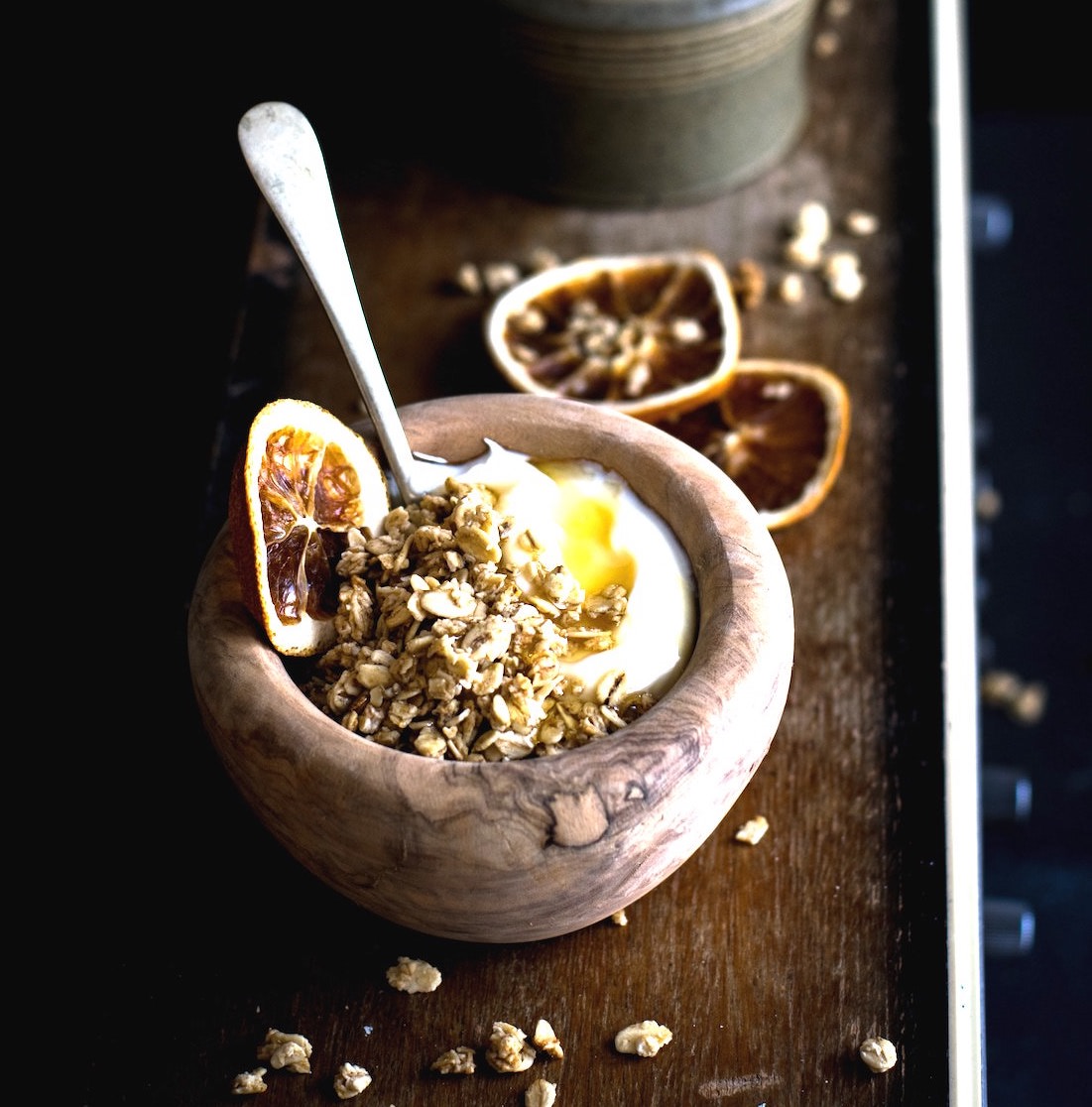
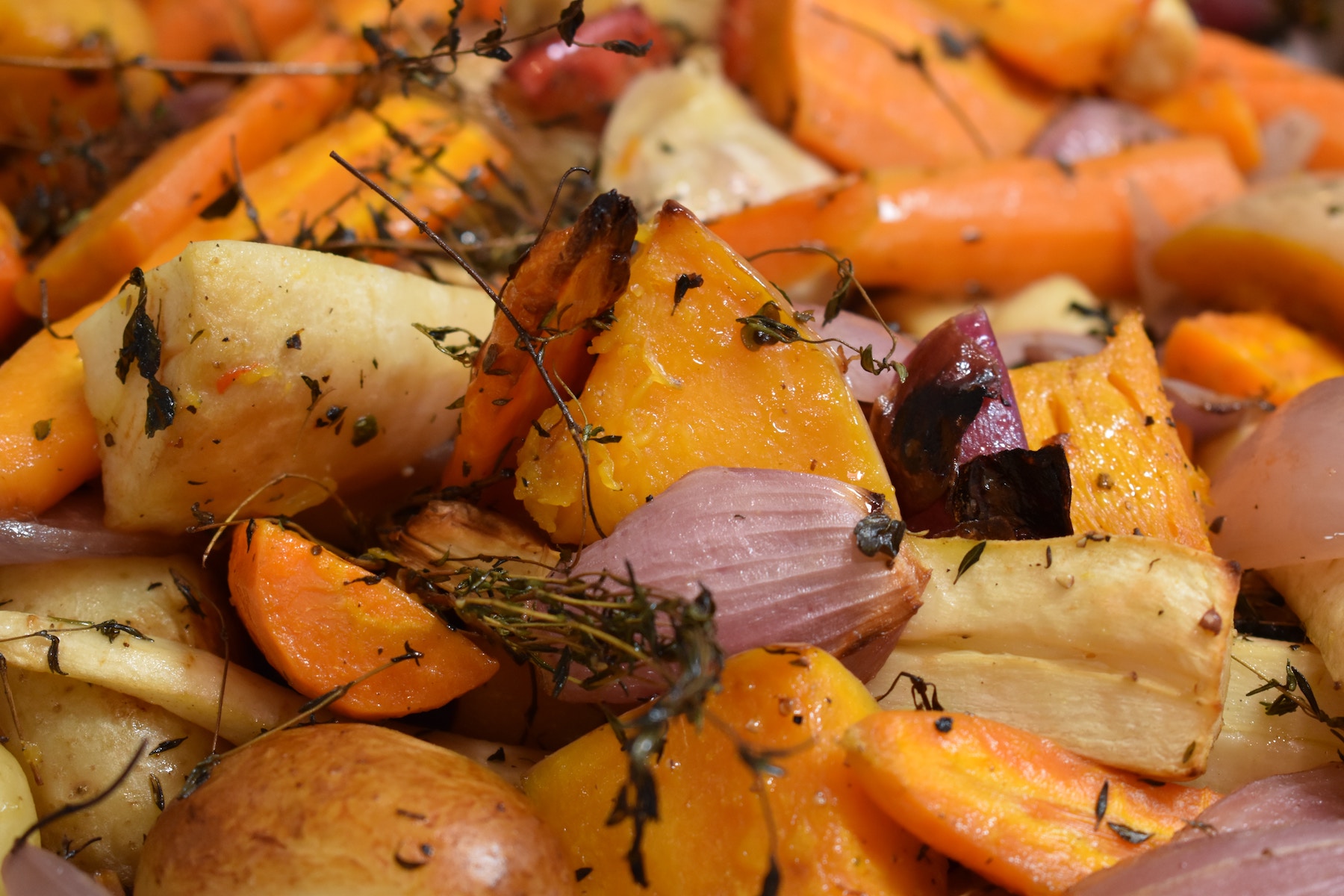
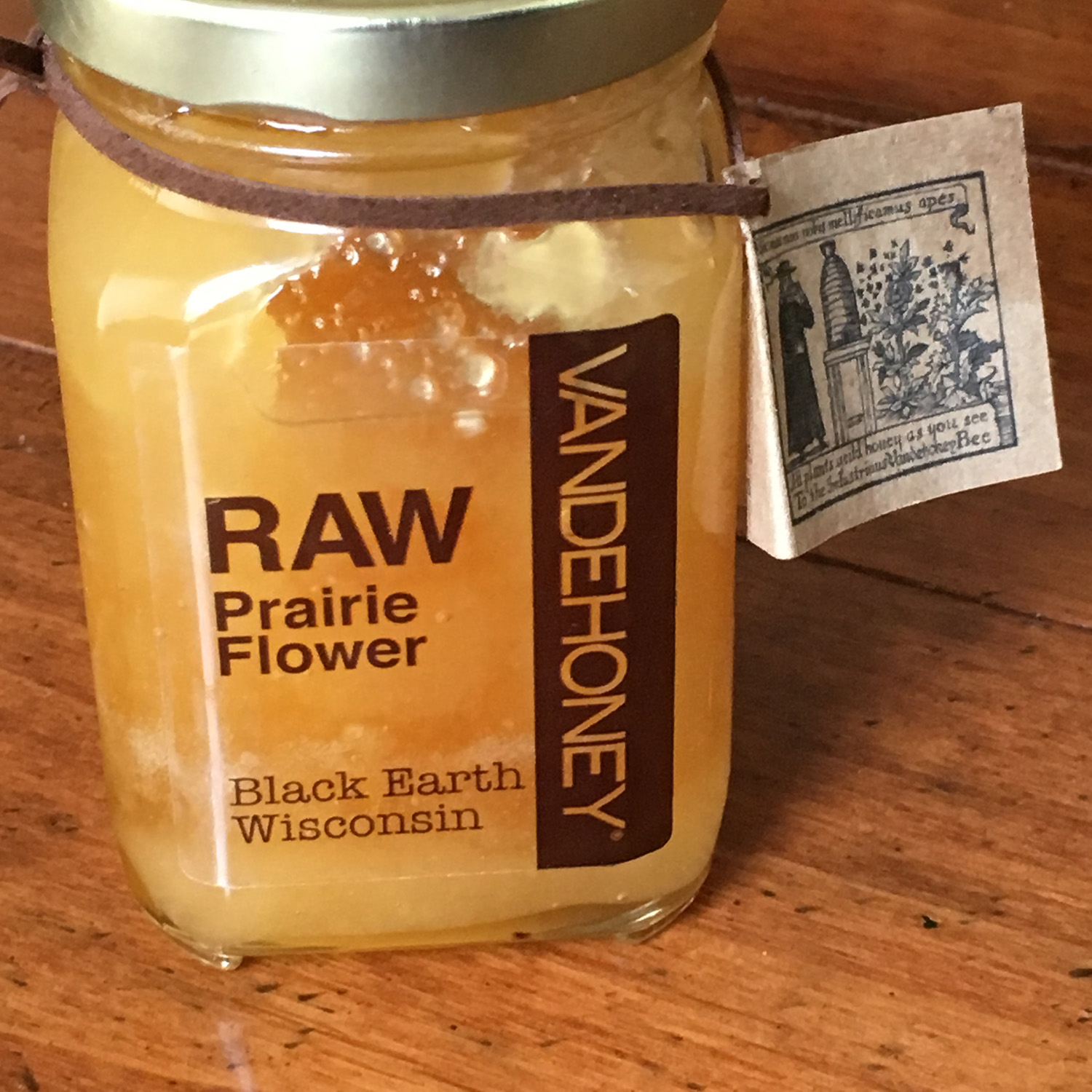
Her husband, Billy, got into bees because of his rheumatoid arthritis. Since he had to quit his job, this was the perfect way to keep him busy and active in a fascinating activity. Plus, they sell their honey to local businesses.
Judy talked in detail about how to take care of bees, what they need, and how Billy expertly wraps the hives to withstand the harsh, Wisconsin winters. Did you know that even though it may be the middle of winter, that bees still need to get outside on a sunny day and “clean house?” So their hives are wrapped in such a way that the bees can still get outside when they need to, yet stay warm.
We hiked up a path to an upper meadow where the hives are kept and I donned a bee suit to get close to the hive.
While I was dressed in a bee suit and leaning over the hive, Billy explained in great detail about the role of the Queen Bee and how he paints her to identify her in the hive. (See that red dot on the long bee in the picture? That’s the queen!). Judy talked about the queen’s one and only mating flight—it was fascinating! She also told a funny story about how they got their business name, Vandehoney.






